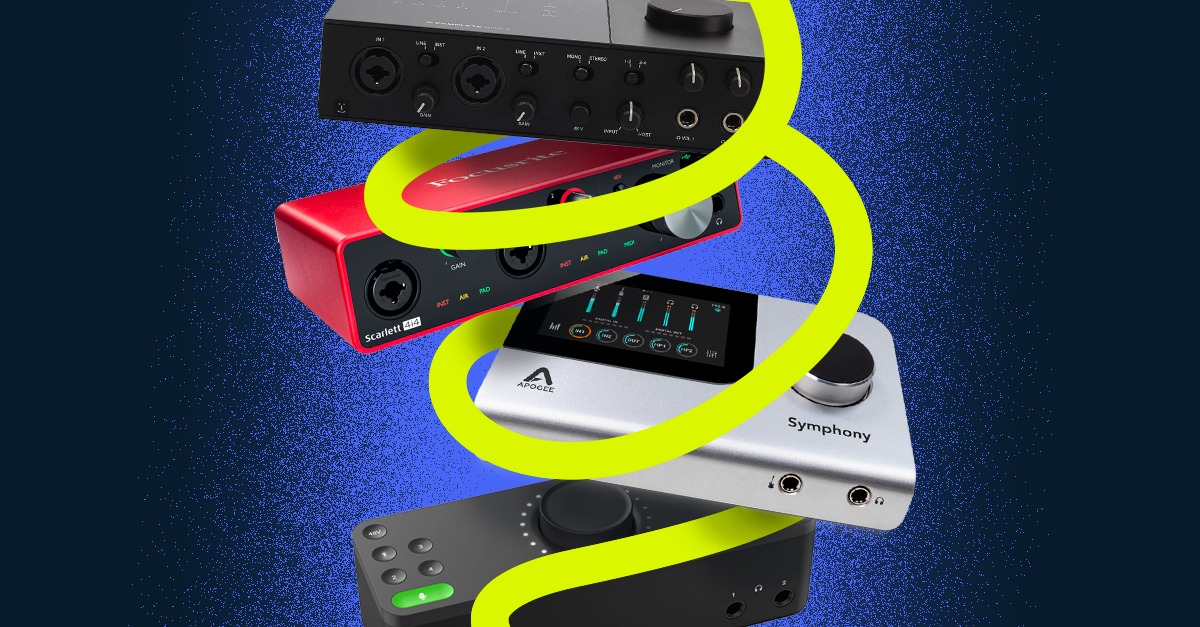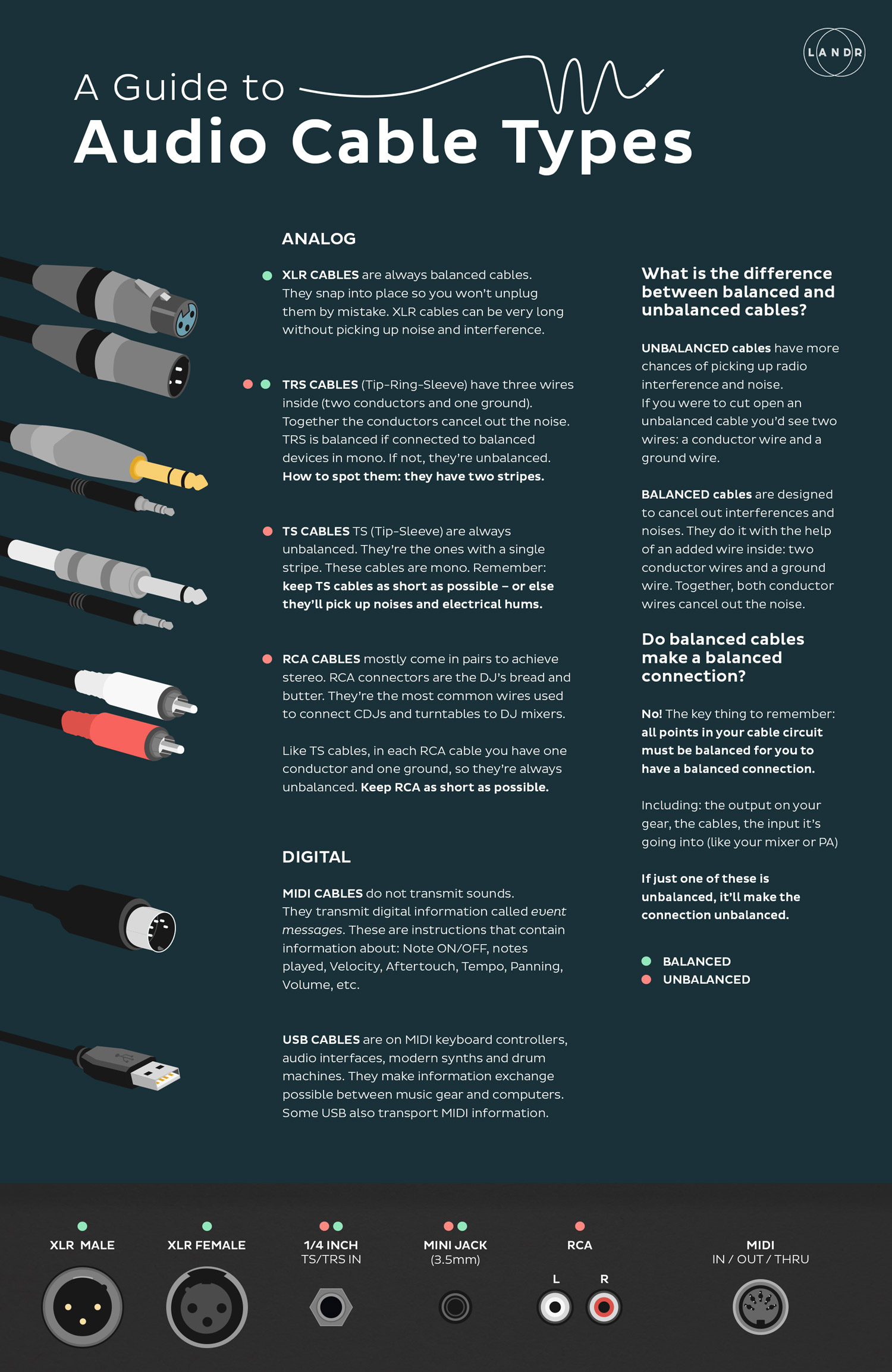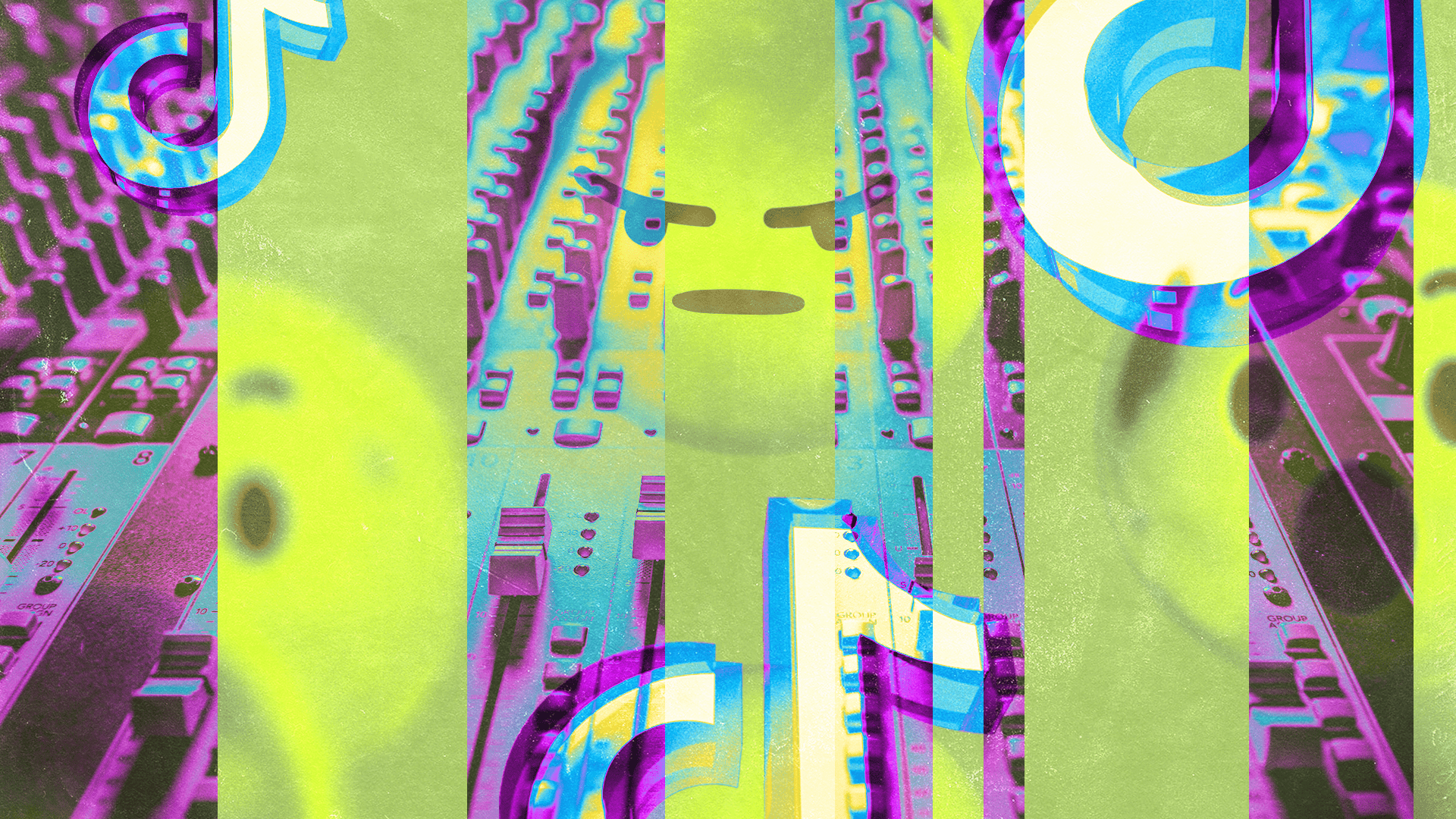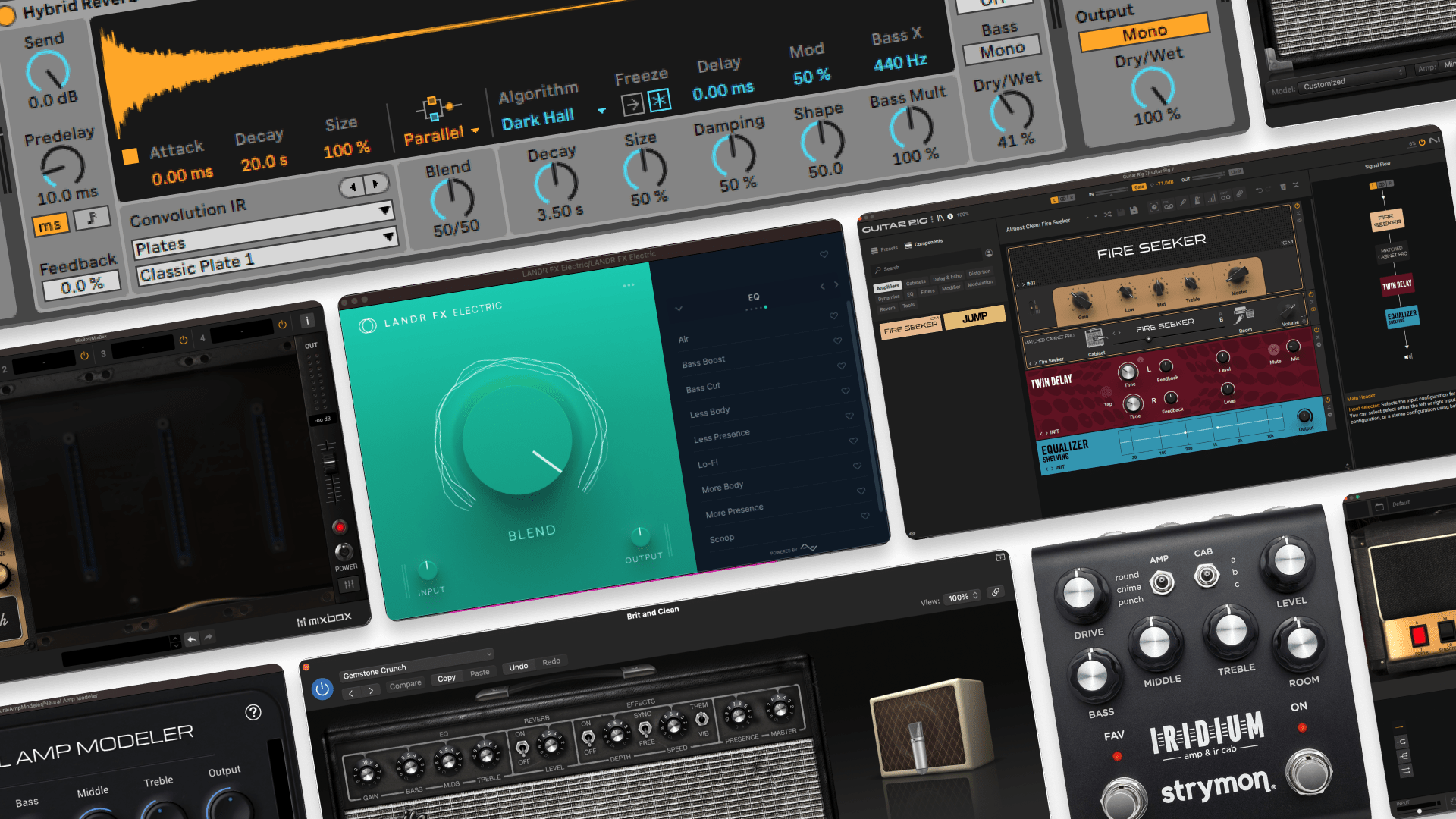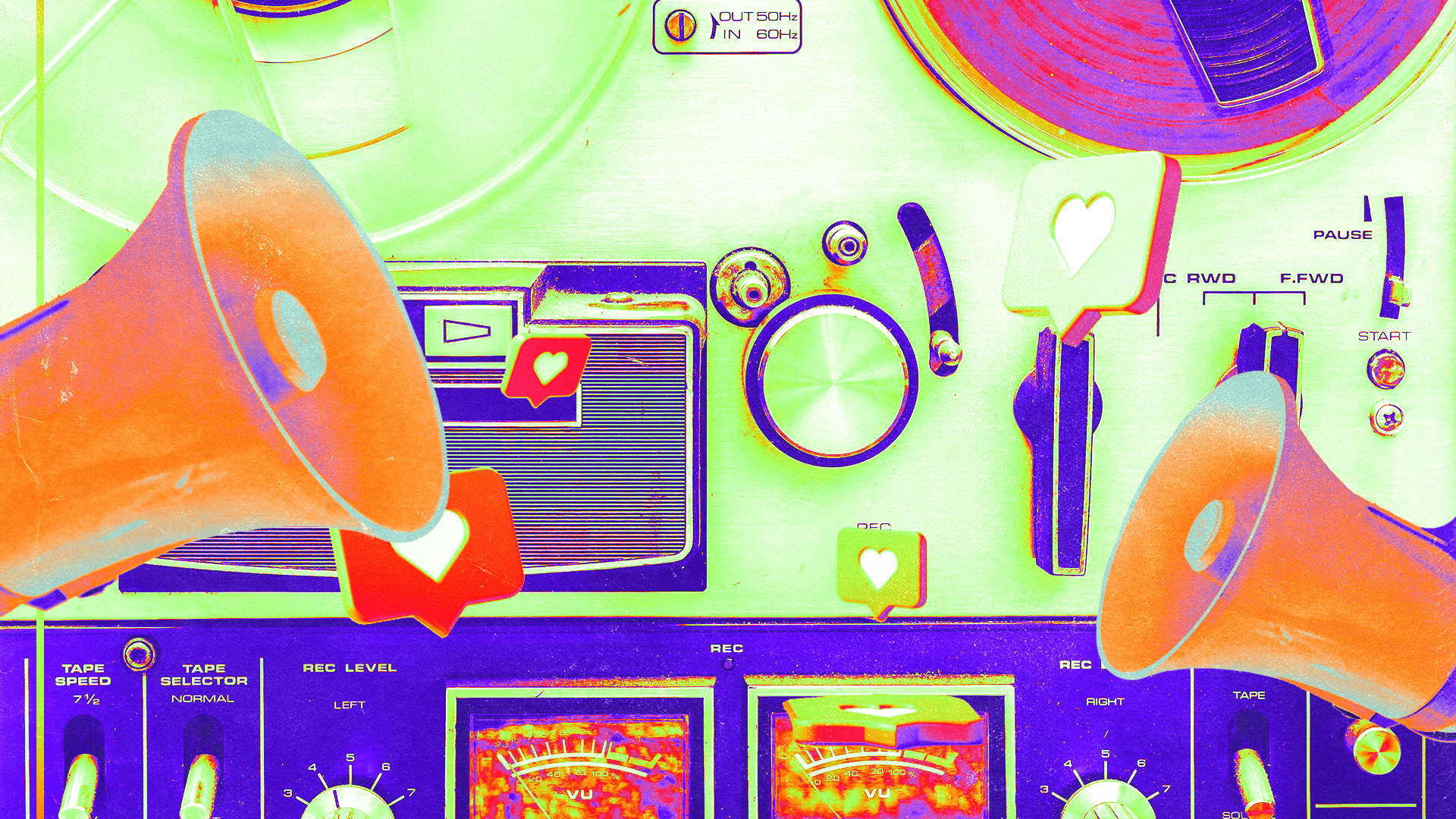
How to Build a Home Studio Setup: The Beginner’s Guide

Looking to build the perfect home studio setup?
If you’re just getting into music production, it can seem like a daunting task.
After all, home studios range from simple laptop rigs to powerful production facilities.
Luckily, it doesn’t have to be complicated, even if you’re just getting started. Every home studio is based on a handful of core elements.
In this article I’ll break down the basics of home studio design, how to choose the essential basics and suggest options for every budget.
Home studio essential equipment
To build out your home studio you’ll need a few core pieces of equipment.
Here are the basic requirements to start producing music in a home studio:
Computer
- Low budget: Asus Zenbook 13
- Medium budget Microsoft Surface Laptop 4
- High budget: MacBook Pro 14”
First off, you’ll need a music production computer to act as the centerpiece of your home studio.
Today’s DIY production is made possible by digital recording technology. Your computer hosts the DAW software and plugins that you’ll use to record, edit, arrange and mix your work.
With such an important role, you’ll need a computer that’s up to the task.
Luckily, audio processing requires less computing resources than other types of creative work.
Today’s general purpose laptops and desktops can handle basic music production tasks with ease.
That said, if you’re planning to run massive sessions with dozens of instrument and effects plugins, you’ll need a machine with more horsepower.
Check out our post on music production computers to get an in-depth guide to choosing a great recording platform.
Audio interface
- Low budget: Presonus AudioBox USB
- Med budget: Focusrite Scarlett 2i2
- High budget: Apogee Quartet
Your audio interface manages the connections going in and out of your recording software.
It’s the key piece of hardware that turns analog signals into digital information you can work with in your DAW.
It also handles the connections for headphones and monitor speakers that allow you to hear your work.
The core of an audio interface is its analog-to-digital and digital-to-analog converters. The number of channels of A-D/D/A conversions determines how many inputs and outputs you can use at the same time.
Beginner audio interfaces typically come in a 2-in/4-out configuration, but there are all shapes and sizes available.
Check out our beginner’s guide to today’s audio interfaces for more information.
Headphones
- Low budget: AKG K72
- Med Budget: Audio Technica ATH-M50x
- High Budget: Sennheiser HD 600
A good pair of headphones is essential in any home studio setup.
They can act as your primary listening system, but you’ll need them for other essential tasks like tracking vocals.
And while it may be tempting to use any old pair of consumer headphones you have around, a dedicated set of pro audio headphones is a must.
The main difference is that studio monitoring headphones are designed to sound flat and neutral.
This does not always mean better. Consumer headphones are often made to make your music sound more pleasing, accentuating certain frequencies for a flattering effect.
That’s the last thing you want if you’re trying to mix a song that will translate to different listening systems.
Not only that, the design principles of monitoring headphones make a big difference. Open-backed headphones can sound more transparent, but they allow sound to pass freely from the rear side of the drivers—not what you want if you’re using them to hear yourself during recording!
For the ultimate guide to studio monitoring headphones, check out our roundup.
Studio monitors
- Low budget: Presonus Eris E5
- Med budget: Yamaha HS5
- High budget: Neumann KH120
Studio monitors are specialized speakers for music production.
Like the headphones I mentioned above, studio monitors provide a neutral, uncolored response so you can hear every detail of your mix.
These days, budget studio monitors are more capable than ever before. You’ll find plenty of accessibly-priced sets in any size you could need.
But making a decision on this crucial part of your setup can be difficult. After all, you’ll be listening to your monitors for hours on end if you’re producing lots of tracks.
Pick your budget, match the size of the speakers to your mixing environment and try to listen to different examples before you commit to one model.
If you need more help, check out our overview guide:
MIDI Controller
- Low budget: Novation Launchkey Mini
- Med budget: Arturia Keylab 61
- High Budget: Nektar Panorama P4
If you plan to play virtual instruments inside your DAW, you’ll need a MIDI controller.
These are musical input devices that don’t produce sound on their own, but provide the information that tells software instruments which notes to play.
You’ve probably seen traditional keyboard-style MIDI controllers, but the category contains many different input methods and control schemes.
For example, your MIDI controller can act as a control surface for your DAW’s essential functions like play, stop and record.
You can even map parameters to the controller’s knobs and sliders for tactile control of your mix.
Microphone
- Low budget: MXL 990
- Med budget: Rode NT-1a
- High Budget: AKG C414 XLS
If recording vocals is part of your workflow, a good studio microphone is a must for your home studio.
And while there are many types of microphone out there that are suited to different tasks, you’ll probably need a versatile option that can cover vocal duties as well as other general tasks.
If you only have the budget for a single microphone, a large diaphragm condenser is usually the go-to suggestion.
In that category, the Rode NT-1a comes up often as one of the best options.
Extras
So far I’ve covered the bare essentials of a home studio setup.
But you’ll likely want to add a handful of accessories to round out your personal studio.
These include important items like audio cables, microphone stands and even acoustic treatment.
Whatever budget you decide to aim for, make sure to reserve some of it to pay for a selection of extra gear to help you round out your setup.
Studio accessories
The connective tissue in your home studio.

How to set up your home studio
With the core components out of the way, here’s how to set up everything together in your home studio.
1. Place your monitors
If you’re working with studio monitors, you need to place them in the correct configuration for the best results.
If you’re in a rectangular room, the general advice is to start by dividing the room roughly in thirds, placing your speakers on the division line of the third closest to the short wall.
From there your monitors should form an equilateral triangle with your listening position.
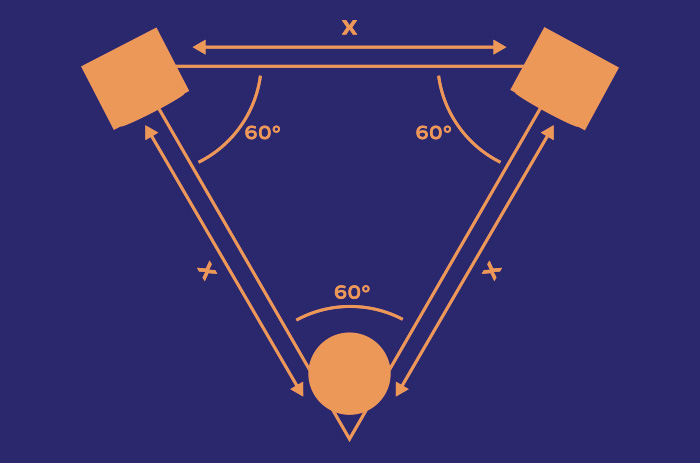
Your listening position should form an equilateral triangle with your speakers.
Your goal is to orient yourself without sitting too close or too far away from the monitor drivers.
If this sounds like vague advice, you’re not wrong—every room is different and there is no one-size-fits-all solution.
Luckily there are some interesting methods out there that can help you find the ideal listening position if you’re willing to experiment.
2. Configure your audio interface
With your monitors in a good position, it’s time to start connecting your gear.
Start by attaching your audio interface to the computer. Depending on the model, you may need to download drivers or software for your interface to work correctly.
Select the interface as your computer’s system audio device and play any audio file to test your setup.
If everything works as expected, you should see the interface’s meters light up to indicate the presence of a signal.
3. Connect your I/O
Now you’ll need to connect the rest of your I/O, including headphones and monitors.
Powered monitor speakers are meant to connect directly to your audio interfaces line level outputs.
Since these are typically balanced signals, you’ll need the appropriate type of audio cable to make the connection.
This could mean TRS, XLR or TRS-to-XLR, so take note of the correct type.
From there just attach your headphones and microphone (if needed) as directed.
Home studio setup guide
Building a home studio setup is one of the most exciting parts of becoming a music producer.
With a few simple ingredients you can create a powerful production setup that’s capable of impressive results.
If you’ve made it through this article you’ll a great start for building your own home studio.
Gear guides, tips, tutorials, inspiration and more—delivered weekly.
Keep up with the LANDR Blog.



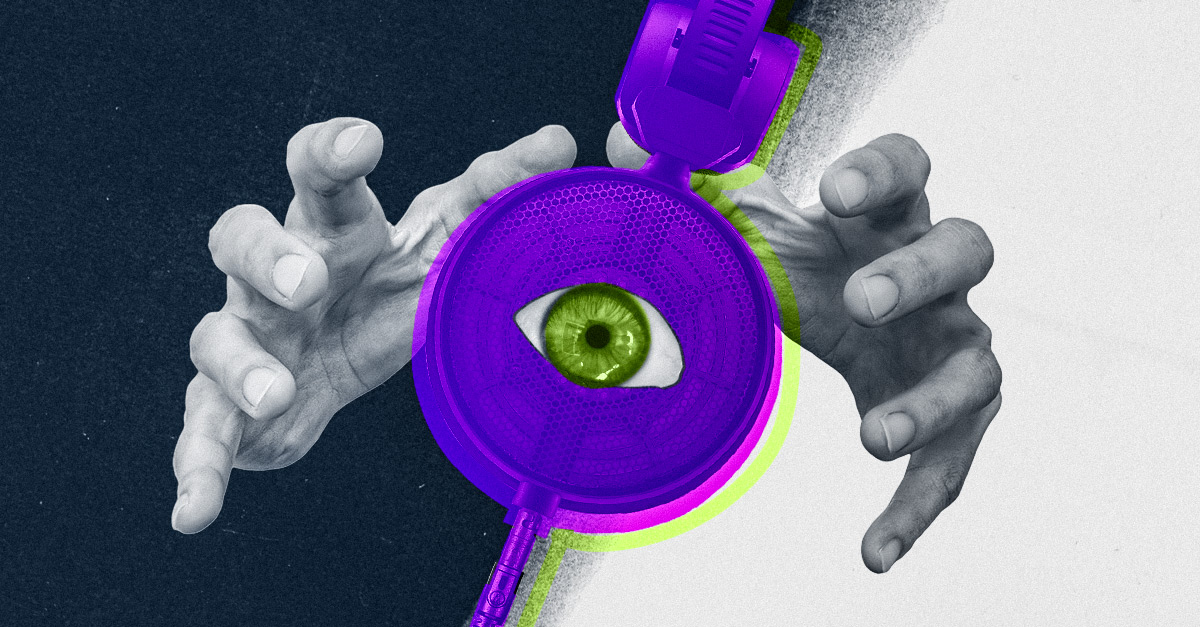
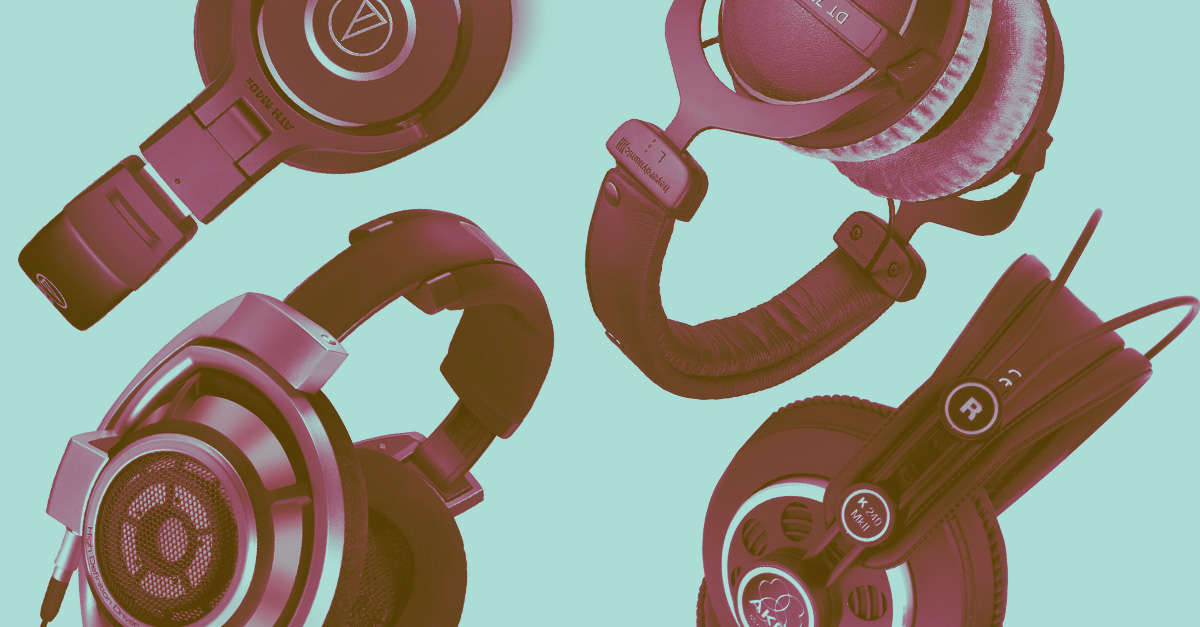
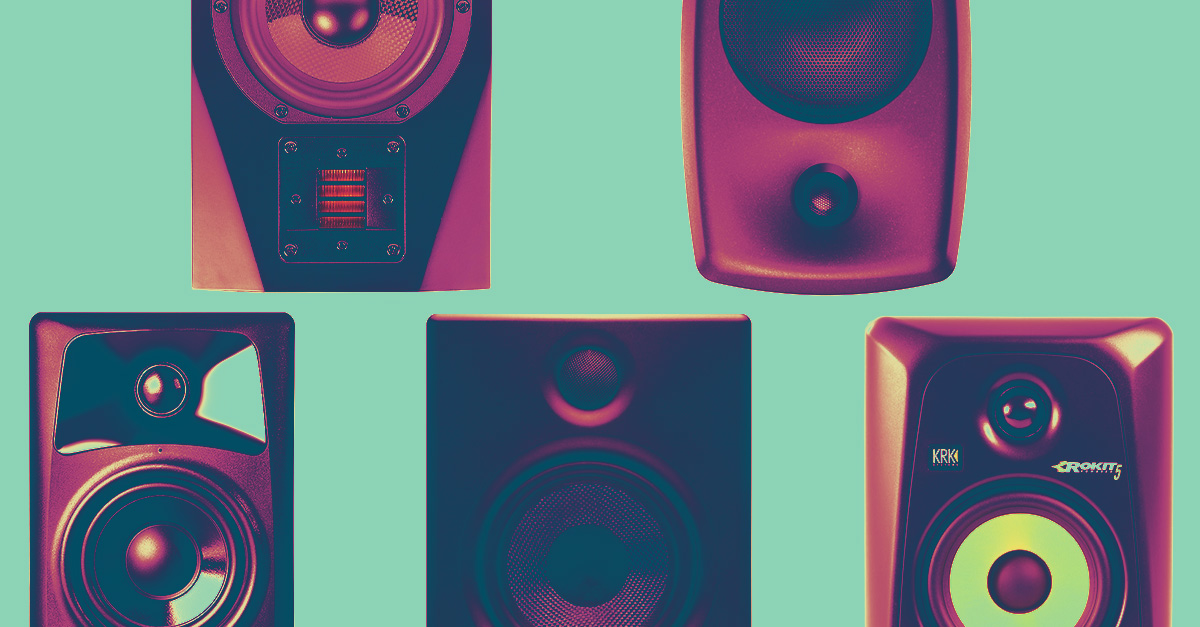

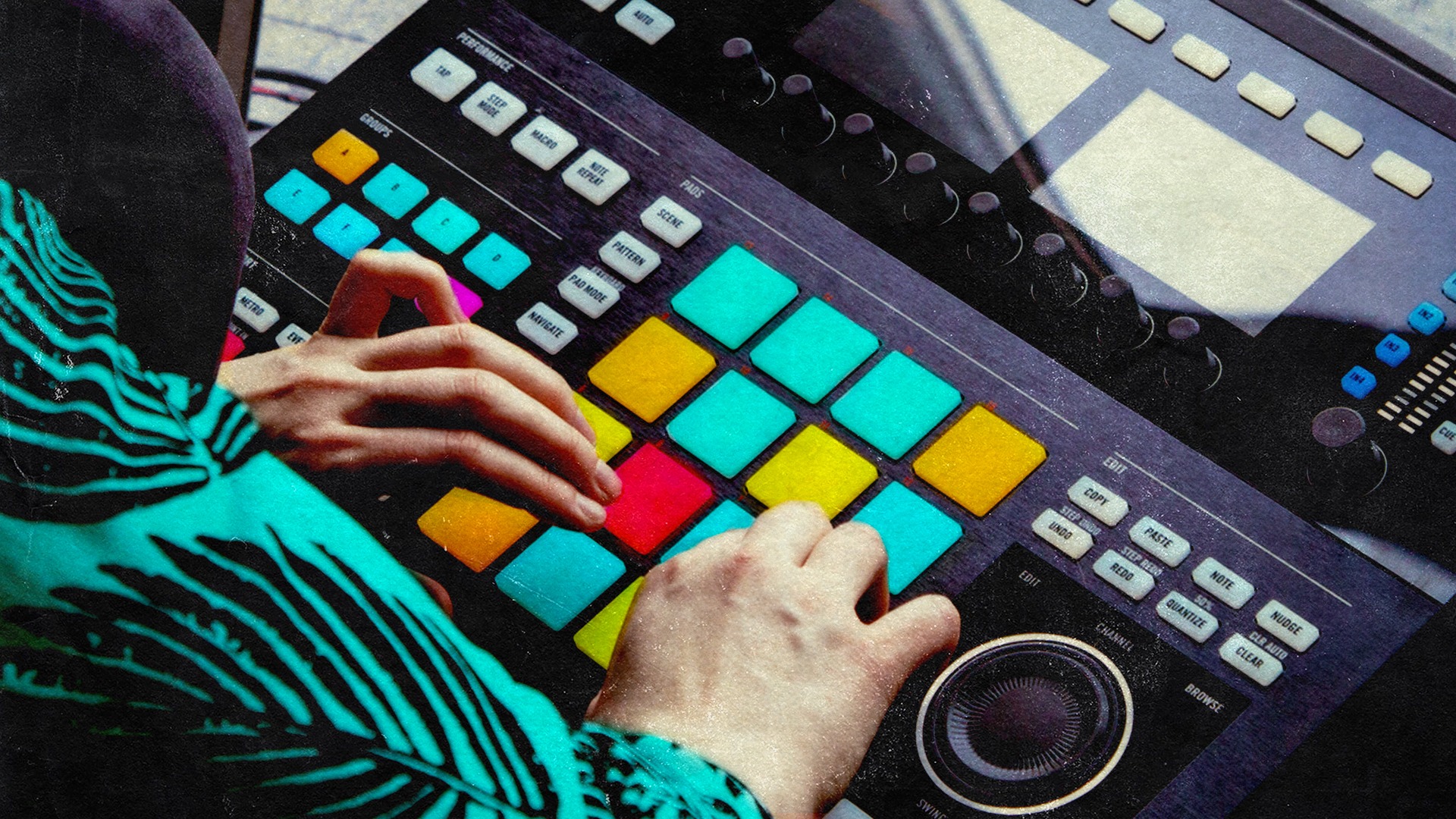

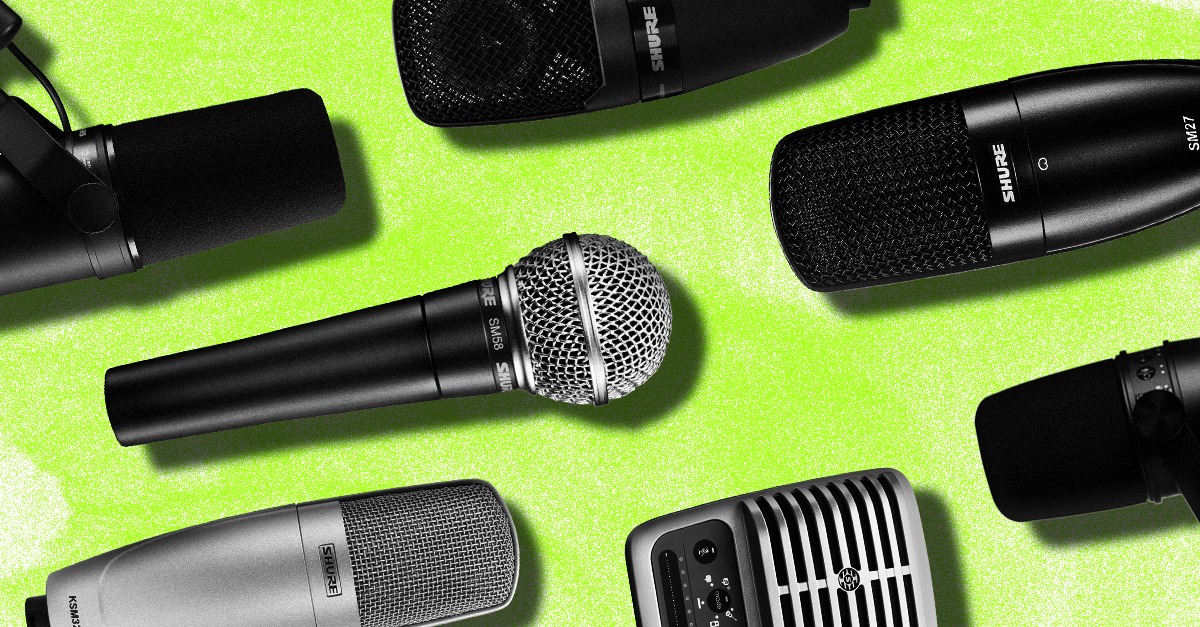
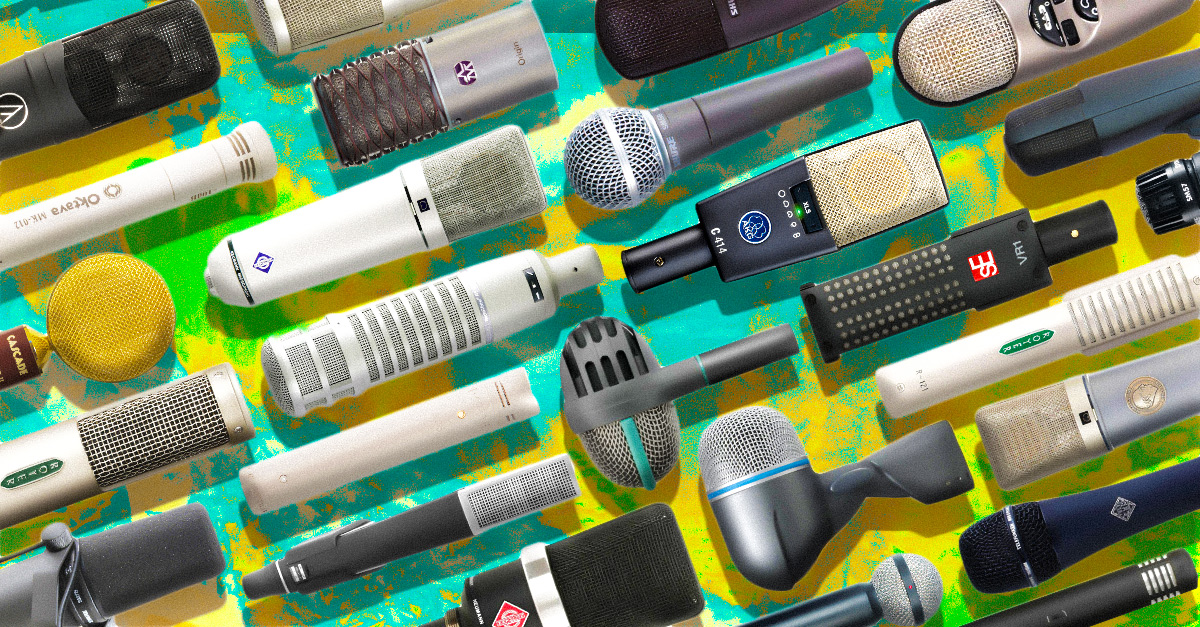
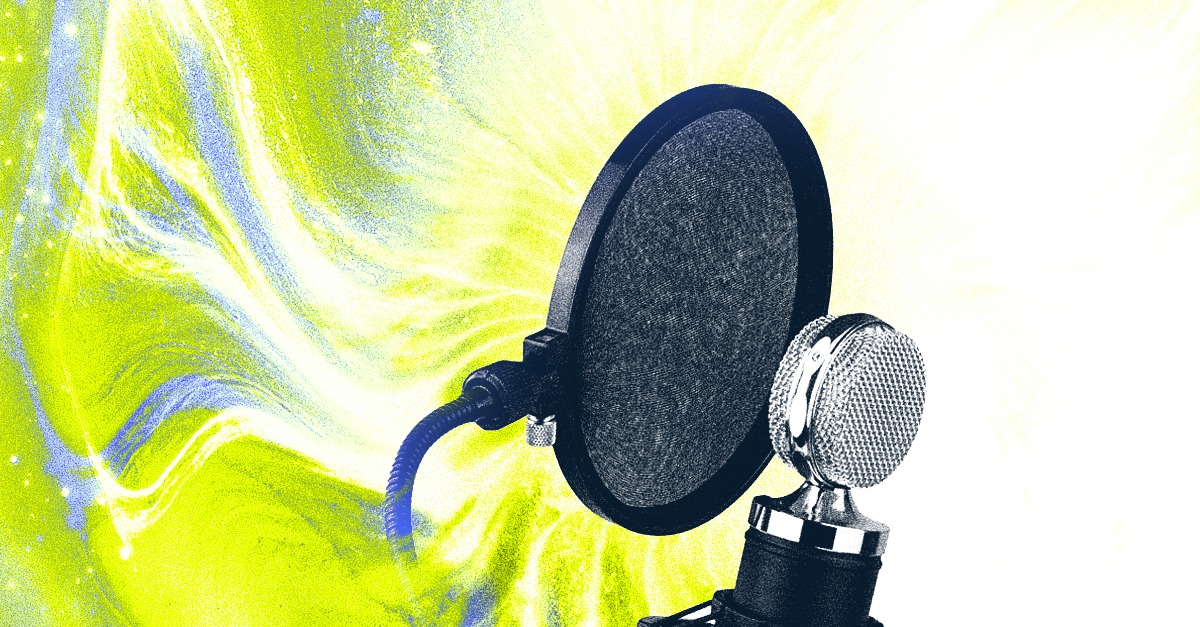

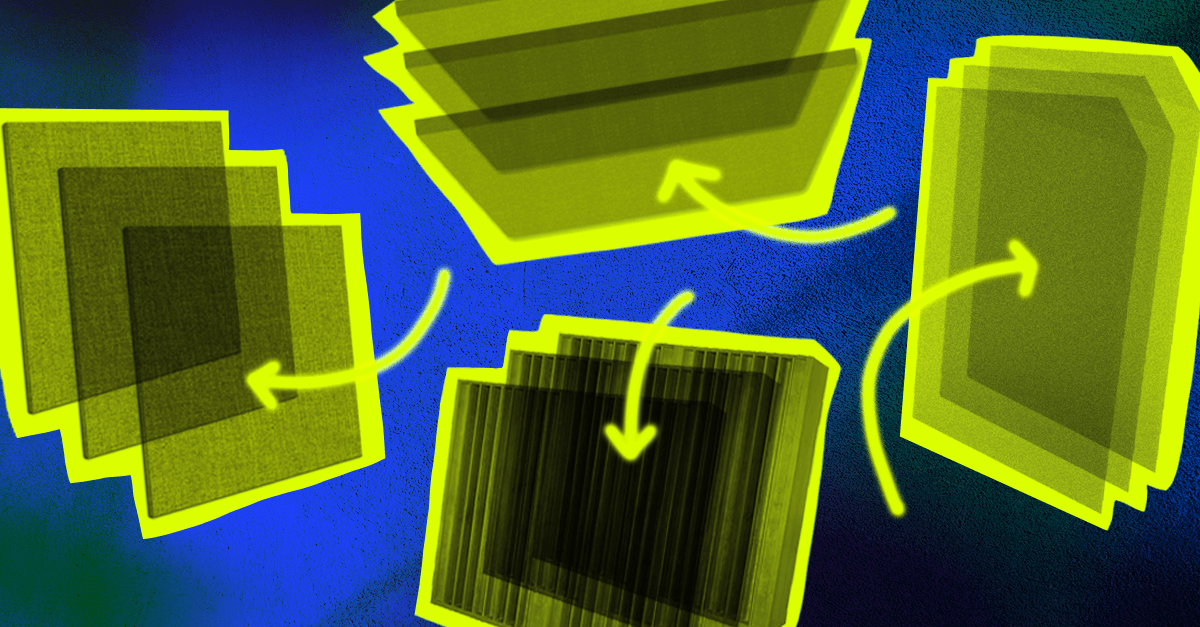
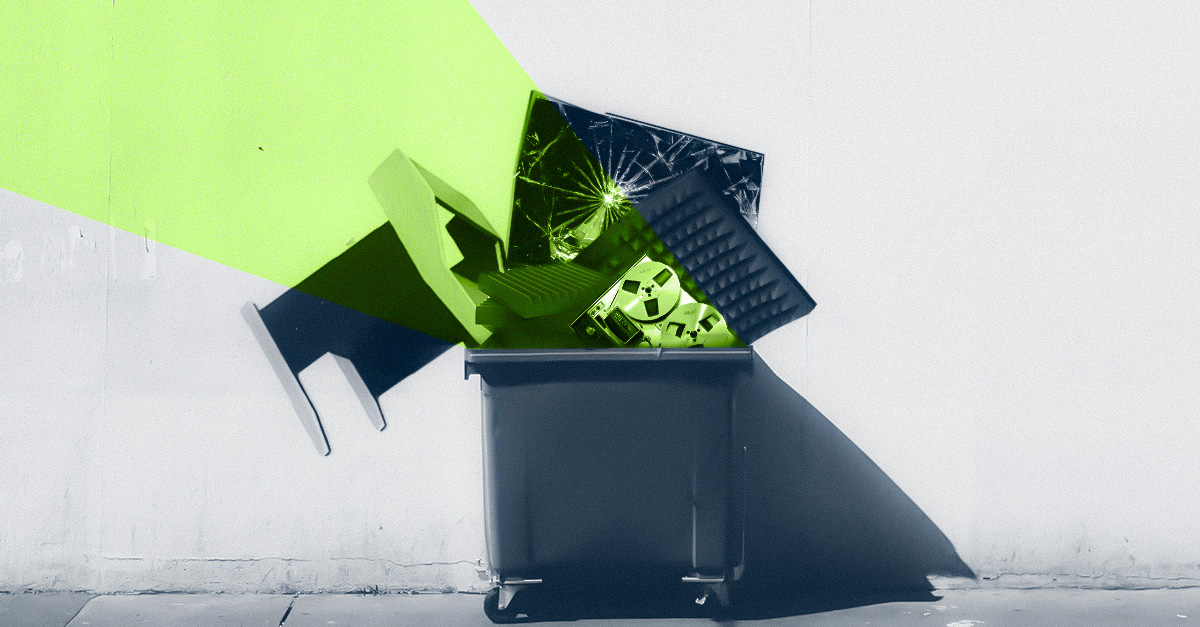
![Audio Cables: Everything Musicians Need To Know About Audio Cable Types [Infographic]](https://blog-api.landr.com/wp-content/uploads/2016/09/MusicianAudioCableGuide_1200x627.jpg)
